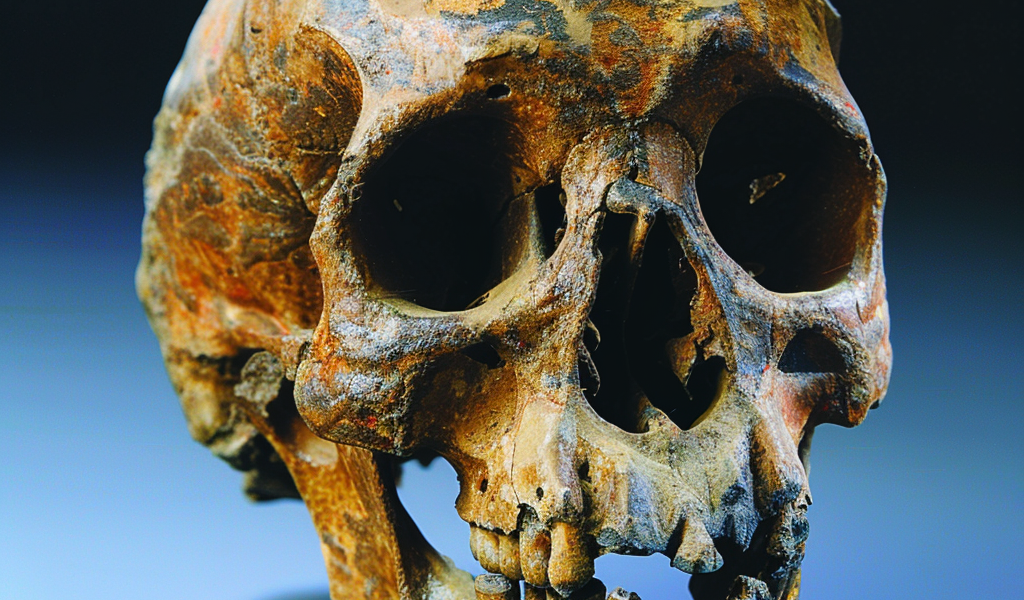Scientists have recently made a significant breakthrough in understanding the mysterious Denisovans, an ancient human group that has long puzzled researchers. The Denisovans, known for leaving DNA traces in various regions, including the Tibetan plateau, the Philippines, Laos, and northern China, have remained enigmatic due to the scarcity of physical evidence.
However, a recent discovery has shed light on the potential identity of the Denisovans. Researchers have identified a strong candidate for this elusive species, linking them to Homo longi, also known as ‘Dragon man,’ whose fossil was found in Harbin, northeast China. The Homo longi skull, dating back at least 150,000 years, exhibits remarkable similarities to modern humans, with a large braincase and distinct facial features.
Professor Xijun Ni of the Chinese Academy of Sciences in Beijing stated, ‘We now believe that the Denisovans were members of the Homo longi species, characterized by specific physical traits such as a broad nose, thick brow ridges, and large tooth sockets.’
This breakthrough represents a significant advancement in the study of Denisovans, offering a potential glimpse into their appearance and lifestyle. Furthermore, scientists in Tibet have unearthed a Denisovan gene in local populations, indicating interbreeding between the two species in ancient times.
These recent developments have sparked new insights into the role of Denisovans in human evolution, suggesting that they may have played a crucial part in shaping our genetic heritage. As researchers continue to unravel the mysteries surrounding this enigmatic ancient human group, the connection to Homo longi opens up new avenues for understanding our shared evolutionary history.





